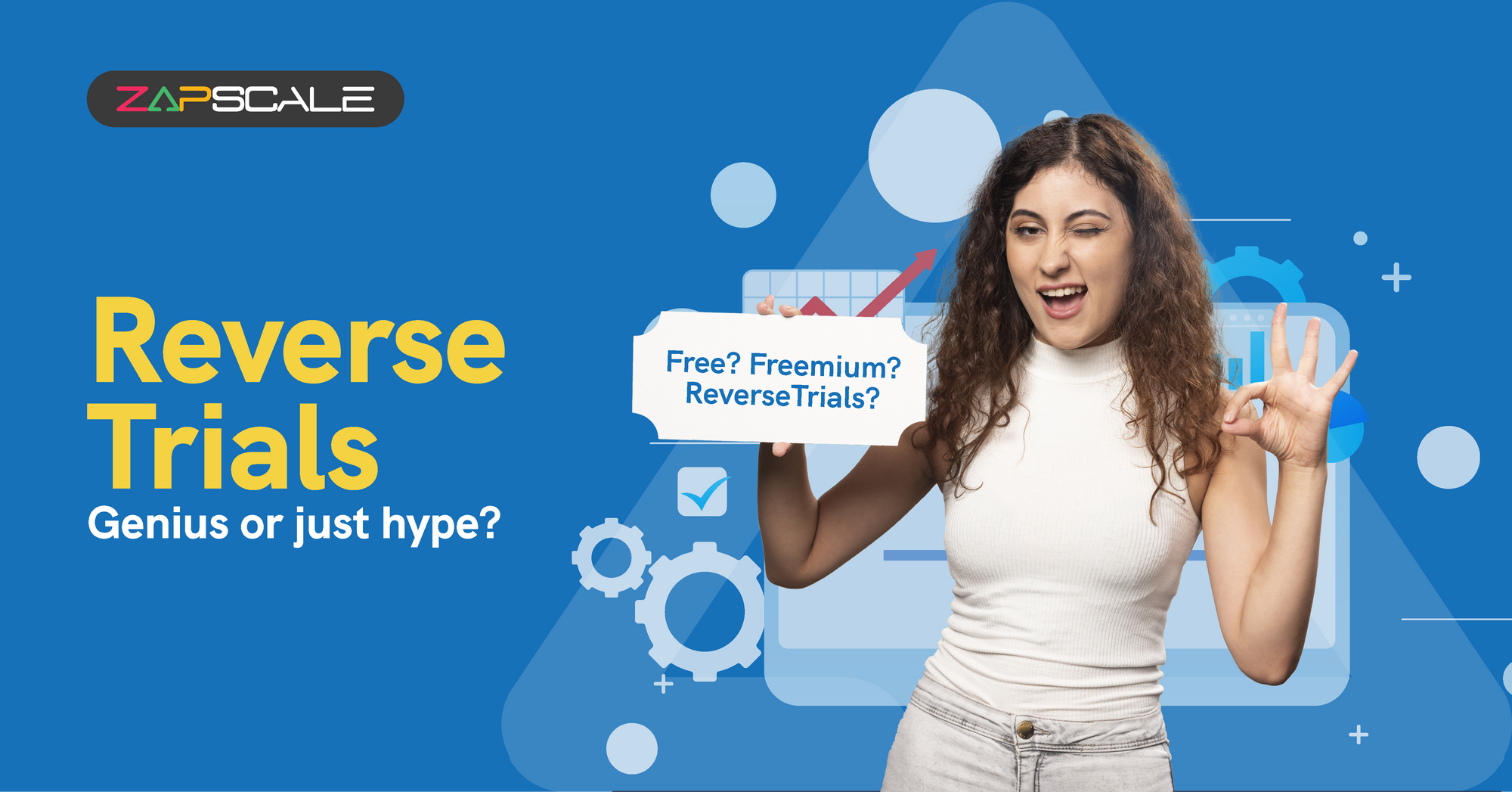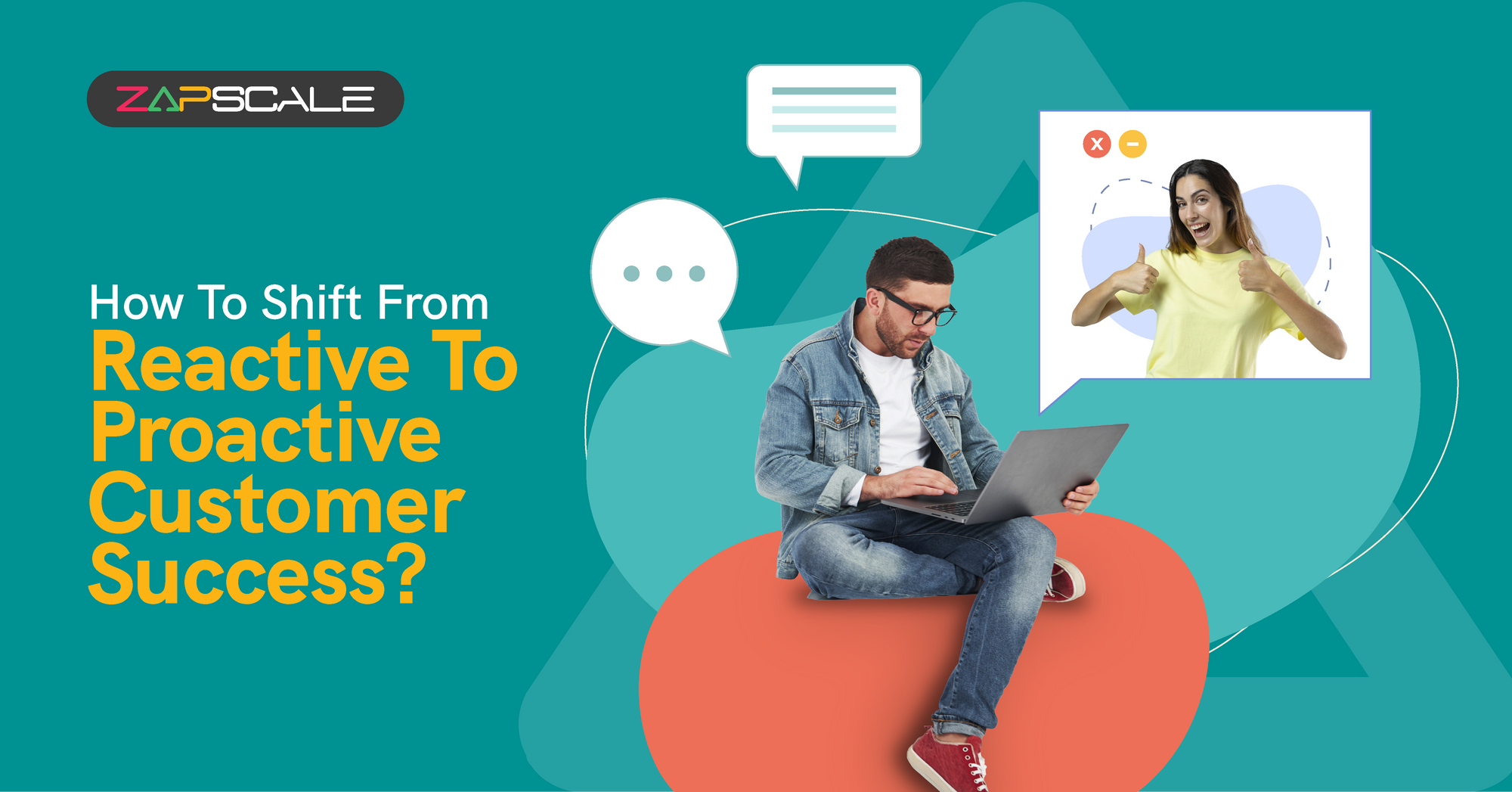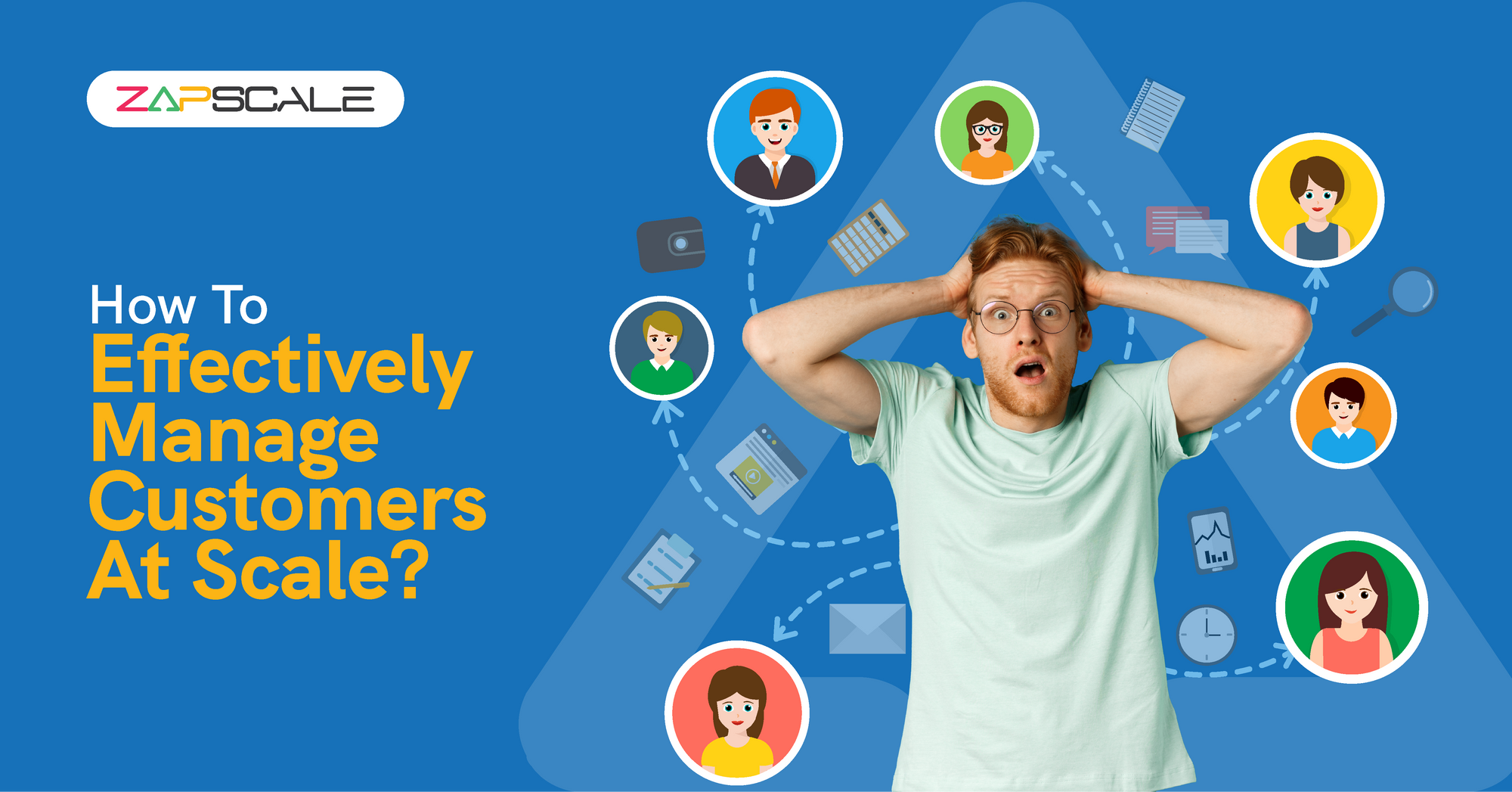CATEGORY > Customer Success Management
How To Build a Resilient Revenue Stream with Customer Success
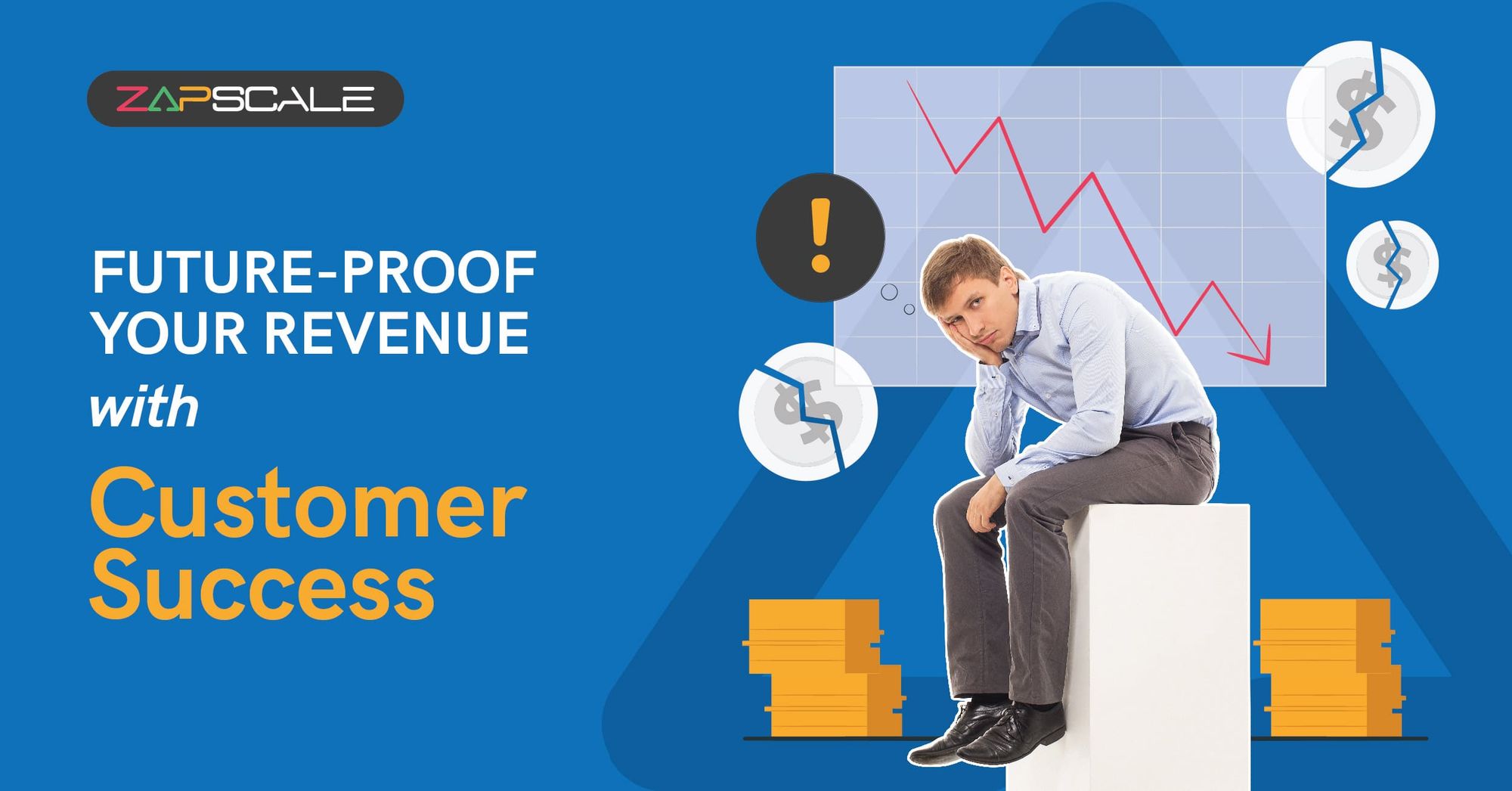
Customer Success professionals, consider this. Not once during my 20-year career in data center technology did I ever see a new installation that wasn’t designed and tested to recover from a failure within 8 seconds or less. This secondary backup solution was implemented to minimize a failure's impact on a business. From disk drives to network paths, secondary failover solutions were in place and tested at every turn of the data center to ensure everything would work as expected should a failure occur. Datacenter outages can cost businesses millions of dollars and thereby the impact of one must be minimized.
Maybe you are thinking that you’ve never done this kind of testing or you’re asking yourself one of these questions, “How do I do this kind of testing?” or “How do I develop a revenue backup plan to protect my revenue stream?”.
If you do not have a revenue stream protection plan, you’re in trouble. You know your revenue is important, but do you have a way to protect it like your network is protected against cyber intruders? Sadly, probably not. For most companies, revenue resiliency readiness testing has already unknowingly taken place.
Do you have a resilient revenue stream? Are you prepared for a disaster?
Think back to a few years ago when the pandemic occurred. Some businesses thrived due to the need to combat it like N95 mask manufacturers, nursing professionals, and alike. We will exclude these businesses, but for others, the revenue resiliency readiness testing unknowingly occurred.
Even if your company’s revenue did well, think why this happened. For the vast majority, companies that experienced good revenue results during the pandemic achieved it through effective customer success execution.
Your company is responsible for its revenue and although many factors could have led to your revenue decline during the pandemic, the majority revolves around customer success.
Your customer success expertise, execution, and leadership attitude toward customer success are your company’s strongest lever for protecting revenue.
The Significance of Customer Success in a SaaS Business
Leadership’s attitude towards customer success sets the tone that feeds your company culture and is where the power of customer success begins and will end if not embraced.
Similarly, to a boat without a rudder or a captain without a helm (steering wheel), you just float out of control with hope as your best strategy. Your best tool for maintaining and accelerating your revenue stream in any environment is to use your customer success rudder, helm, and compass.
If you want to sail your revenue stream through rough waters, you’ll need to be able to navigate and be in control of it.
Hope is not a plan that will protect your revenue stream.
Without a robust and comprehensive customer success strategy, hope is all your company has working for it regarding revenue stream protection. Would you go out in the ocean with no helm, compass and rudder? Customer success provides all three to your revenue stream boat, so invest as much if not more into your customer success initiatives as you do in new customer acquisitions.
Although customer success is not simply a department within your company, your customer success organization does have the biggest impact in protecting your revenue.
At a high level, the two most important customer success revenue protection plan areas include:
- First and most importantly, customer success leadership and the teams that deliver it must have high level of customer success knowledge, expertise, and skills. Do not hire based on experience because customer success excellence is what you need. If you don’t get this right you will waste your money and meet with failure.
- If you get number 1 right, invest heavily in your customer success efforts.
What is Customer Success Excellence?
Customer success excellence is achieving optimal customer retention and net revenue numbers. To achieve customer success excellence, you need to focus on obtaining the right tools and employees. More importantly, you need to have a serious commitment and fanatical focus on delivering customer business outcomes in an extremely deep and meaningful way, while at the same time delivering a great customer experience.
Few customer success professionals know, use, and act upon these points correctly. Where you get your information from and how you implement your customer success strategy will have an enormous impact on the health of our company and its revenue.
Thinking back to the pandemic, if your company did not grow as it had earlier, your revenue protection plan failed you. This indicates you need to make changes now, so you can accelerate your current revenue success and protect it against future potential negative revenue events.
Here is an example of how one of the most common customer success techniques can fail you:
Most companies look at consumption based on users and utilization which indicates how often your offering is used by a user. There is value in these metrics, however, you really need to understand your customers and be very cautious in using these metrics to keep an accurate pulse on the health of your customers. Even though these two metrics may look very good, I have heard of situations where customers churned who were thought to be “healthy” based on very good consumption and utilization.
When asked why they churned, the customer said they felt they weren’t perceived as valuable by the vendor.
What would have fixed that problem?
The answer is delivering to the customers’ business outcomes and giving them a great experience. Utilization and consumption had no impact on this churn situation. Utilization and consumption measure what a business is doing, not an indicator of customer health, which is where you need to place your attention if you want to keep customers and increase customer lifetime value.
In doing so, your relationship with your customer becomes a blurring of where your business ends and theirs begins. You become an unreplaceable functional component or business unit within your customer’s business. Ideally, position your product offering within their business such that their business would cease to exist if yours did.
Additionally, by providing a great experience they will never leave you. Your customers will look to you for further guidance on how to drive more business outcomes. More business outcome attainment equates to providing more value. The result will be full-priced renewals and expansion sales because of your previous track record.
Is Your Customer Success Initiative Effective?
During the pandemic, according to a report by CSM Practice, 60% of SaaS businesses saw a decrease in renewals and upsells.
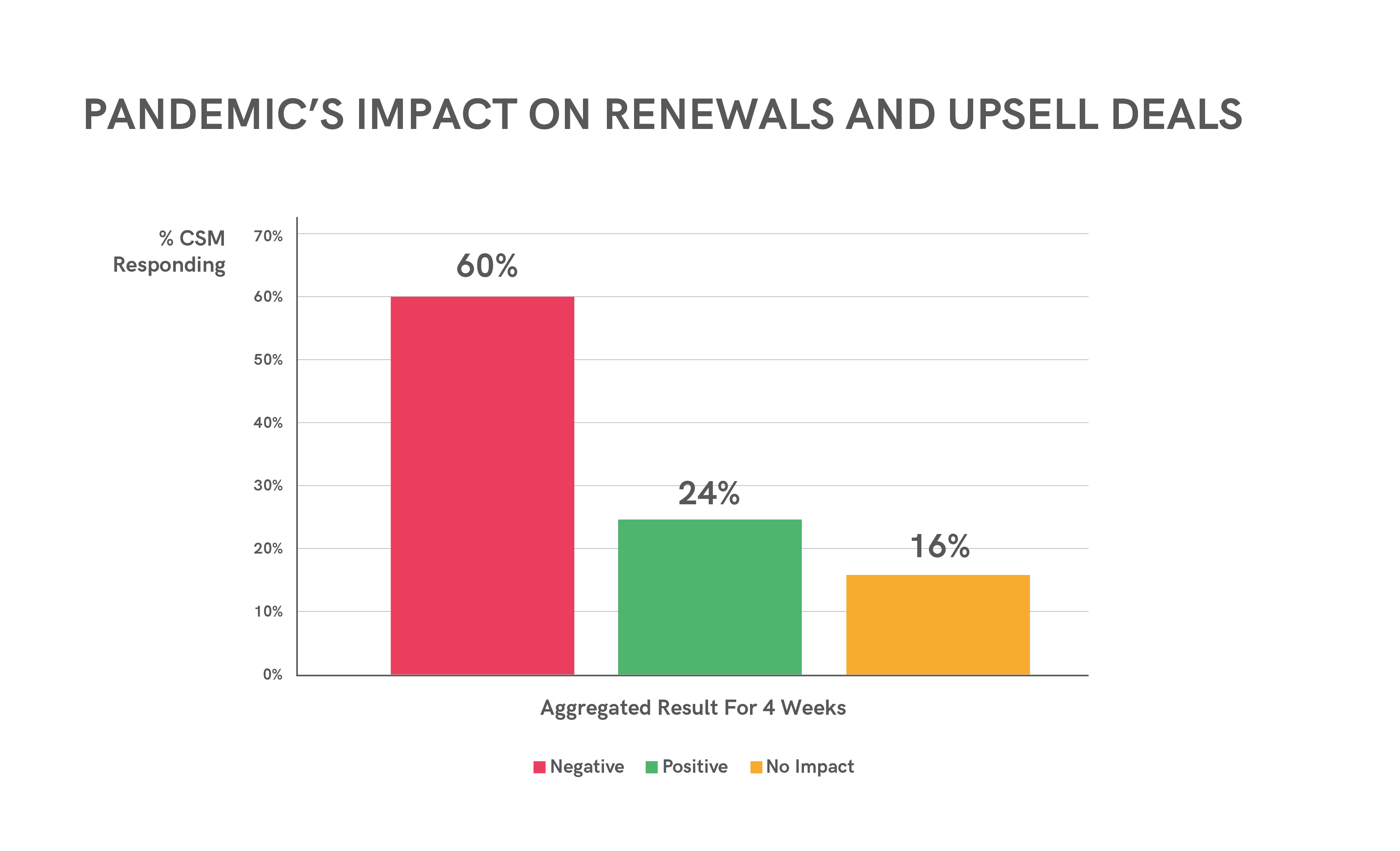
These businesses were negatively impacted by the pandemic. This period provided an opportunity to evaluate the robustness and effectiveness of your customer success practice. Because a customer success initiative by design is in place to retain and expand customers, if it is healthy and effective, then even a pandemic shouldn’t affect it but instead provide a proving ground.
What this tells me is that 60% of businesses who thought they had an effective customer success practice in place merely had something that they called a customer success practice, but didn’t deliver to expectations, specifically retaining and expanding customers.
Here is the reasoning behind this point. Your business should be providing value to your customer, similar to an employee providing value to their employer. If the ROI is high enough the customer will renew or the employee will be retained (not fired).
A customer success organization needs to evaluate the ROI it is providing a customer before something like a pandemic occurs so that when one does, the decision to renew or upsell has already been made. By focusing on what is important to your customers; and their business needs and being able to prove the value you deliver to them, you will not only be effectively executing customer success but more importantly, ensuring customer retention regardless of any unexpected situations.
Finding a way to achieve this is the best KPI a company can have regarding renewals and upsells.
But the question is:
- How many companies are doing this?
- How many companies have this KPI in place and how are they determining what validates they have achieved it?
Another reason this is so powerful and desired is because at this point you become a true partner and participate in your customer’s success. You’ve built a customer’s loyalty towards your company that could last indefinitely if your company is innovative at helping more and prioritizes continuous growth of your customer’s business and success.
For example,
I was talking to a company that was selling car charging stations to businesses to increase foot traffic ultimately resulting in more sales to those businesses. I asked if they manufactured the charging station technology. They stated that they did not and used a 3rd party vendor to supply and operate the charging stations.
In this example, the company I spoke to is dependent upon a 3rd party vendor to make their business model work. But there are others who can provide similar services so that 3rd party vendor must continually improve and offer additional services or ways for their customers to grow to keep them indefinitely. The 3rd party vendor has positioned themselves to be a pinnacle part of the success of the company that is using their services, but that is just half of what needs to take place.
Additionally, the 3rd party vendor must continuously add more value over time if they want to continue doing business with their customer and maintain their loyalty.
5 Effective Ways To Increase Customer Retention To Protect Revenue Stream
Here are 5 key takeaways you can do today to increase customer retention, reduce churn, and protect your revenue stream:
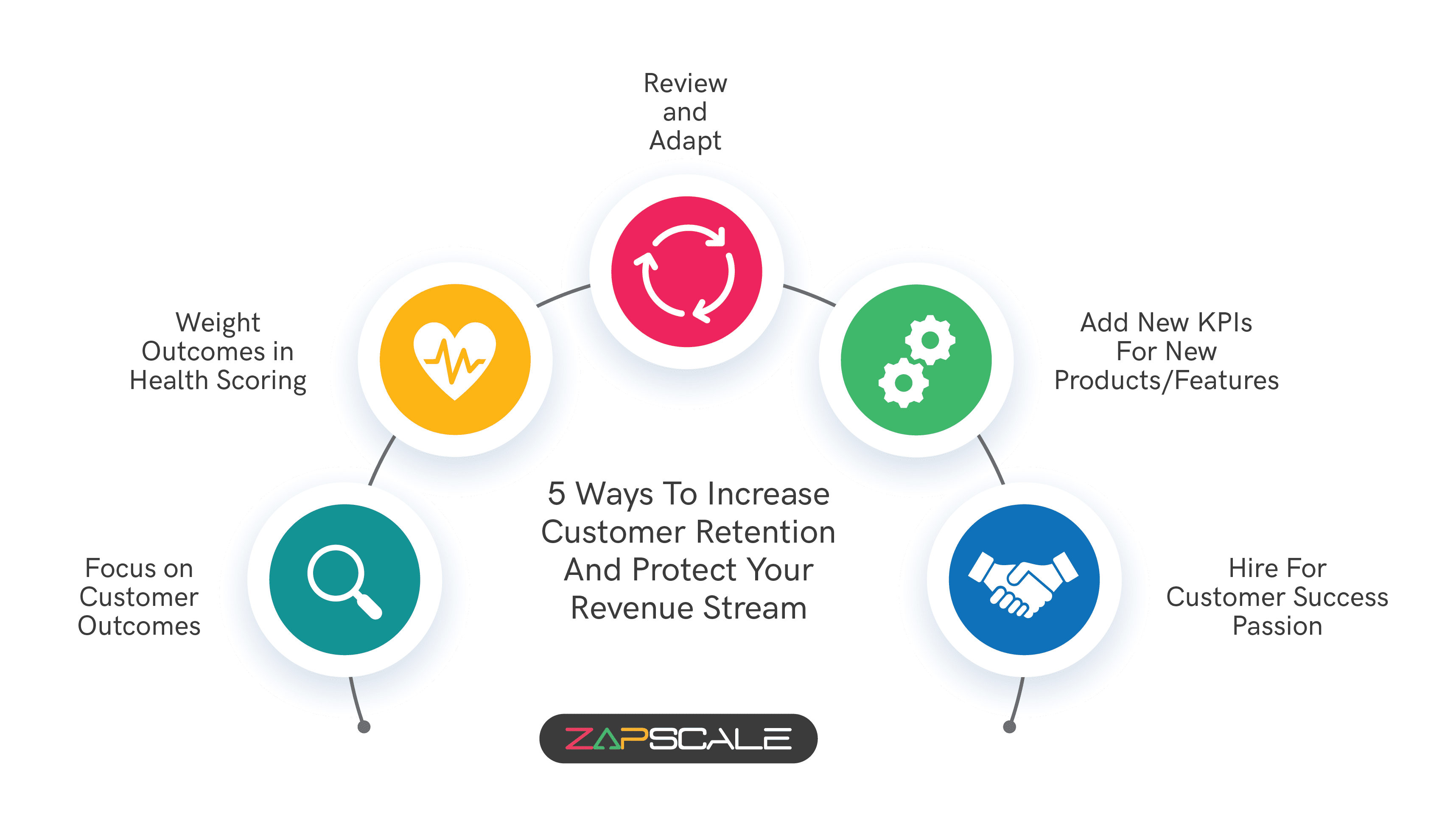
- Prioritize customer business outcomes by determining a business outcome strategy that represents every customer you serve.
Include:
👉 With customer agreement, document within each success plan what business outcome metrics will accurately provide visibility into progress and success. Include why.
👉 With customer agreement, document within each success plan business outcome attainment metric values, timing, and measurement tool. Include why.
👉 If not available, develop a tool to measure customer business outcome progress and attainment.
👉 Develop an easy-to-understand customer leadership consumable report showing progress toward business outcome attainment.
👉 Determine report communication plan. For example, weekly emails, dashboards, in-product notifications or selections, business reviews, or a combination.
👉 Ensure all customer stakeholders are aware of the progress. Reach out to them regularly to discuss results and verify they are still a valid way to measure their success. Make adjustments as necessary. This creates a feedback loop and is important to ensure when you achieve a business outcome it will represent victory for both you and them. Also, it shows you care about them and their business. Their success is your success and customer churn occurs when a customer “feels” like they aren’t valued by a vendor or not getting value
👉 Set new business goals and offer new features, upsells, cross-sells, and so on. This again shows that you care about them and earns you the right to continue being their business partner for the next 12 months. - Heavily weight customer business outcome progress and attainment within your customer health score
- Re-evaluate the effectiveness of your business outcome strategy on an annual basis
- Add new business outcome use cases and KPIs as new product or feature introductions occur
- Develop customer success team hiring criteria that find passionate customer business outcome attainment and great experience employees
Conclusion
When you think along these lines you must ask if the KPI measurements that you are tracking and the way your customer success strategy is in place will hold up against a pandemic or any other impactful event that may occur down the road. You don’t want to get caught in a position that you weren’t prepared for. Like a data center, you need to have a revenue stream backup or recovery plan in place that can turn on a dime regardless of what may happen.
Become part of your customer’s core business not just another purchase that they can do with or without.
ABOUT THE AUTHOR

Kevin Levine
In a career of over 12 years as a global customer success strategist, change agent, and consultant, Kevin has acquired extensive experience in driving transformational customer success strategies, programs, and partnerships to expand customer success coverage, optimize customer lifecycle management, and maximize cross-sell, upsell and expansion sale moments within the customer journey.
Popular from Customer Success Management
Quality Content,
Straight To Your Inbox!
Subscribe for the latest blogs, podcasts, webinars, and events!

Write a Blog
If you have experience in CS and
a flair for writing, we’d love to
feature you.
Write to us on
hello@zapscale.com
